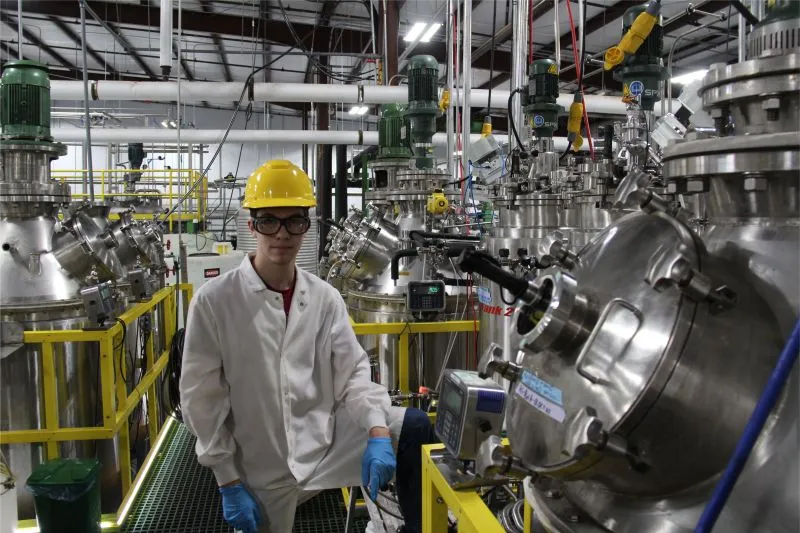Beef is one of those stalwart foods, a staple of the American diet and a centerpiece of the retail meat case.
While there has been some historic predictability about cycles of beef supply and demand, and fairly steady consumption trends over the past several years, the market for the king of animal proteins is bucking tradition lately.
Part of the disruption, of course, is linked to concurrent and high-profile challenges of supply chain issues, labor shortages, inflation and the pandemic. COVID-related shutdowns in cattle, feedlot and slaughterhouse operations in 2020 still reverberate in today’s market, given the unique lagging structure of the beef industry. At the same time, the labor crunch and bottlenecks in everything from fertilizer to feed to cattle tags are affecting the amount of available cattle.










